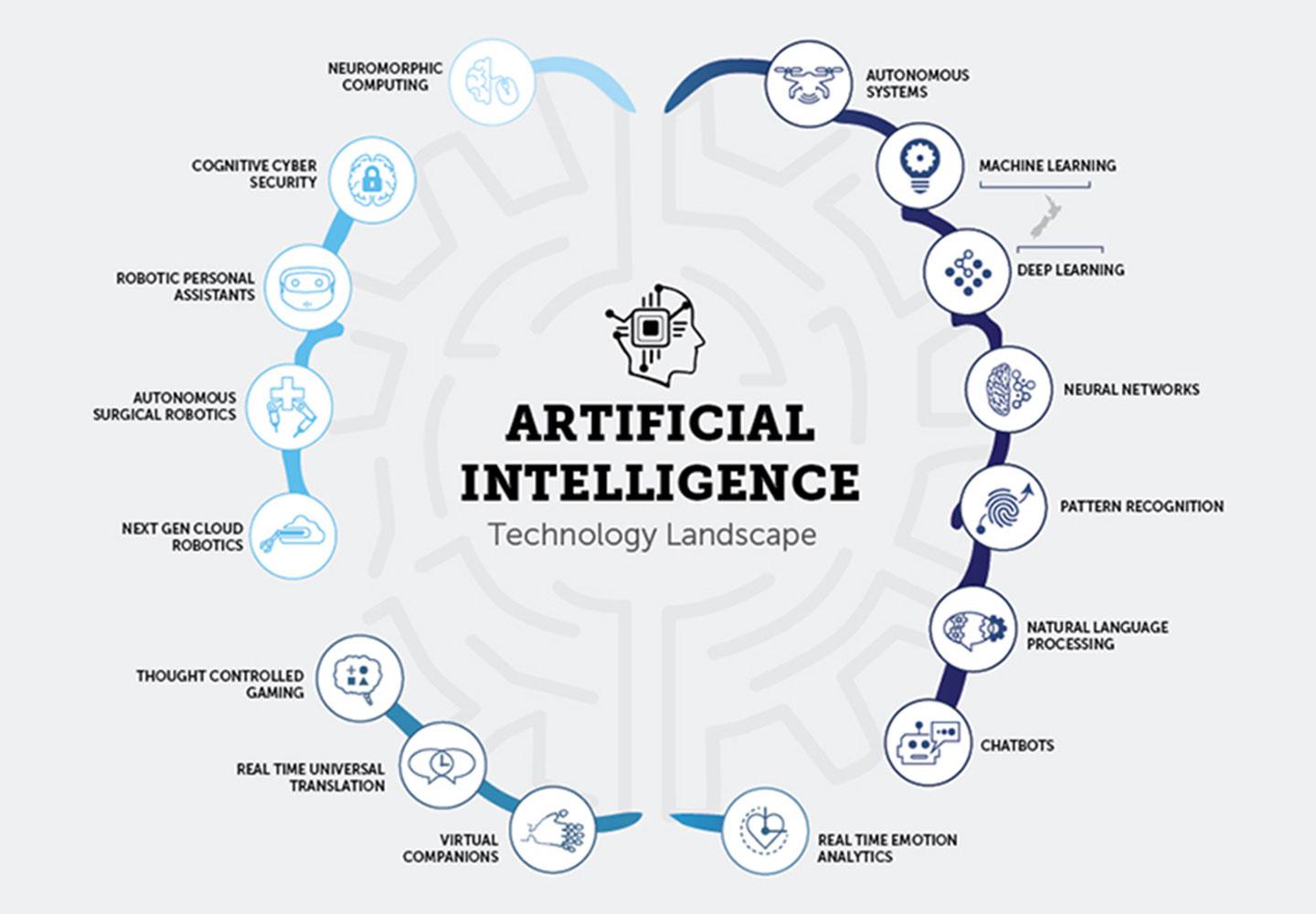
AI’s Latest Leap in Language UnderstandingAI’s Latest Leap in Language Understanding In the evolving field of artificial intelligence (AI), the latest breakthrough in language understanding marks a significant milestone. This advancement pushes the boundaries of human-computer interaction, opening up new possibilities for communication and natural language processing (NLP). Transformer Architecture: The Foundation At the core of this breakthrough lies the transformer architecture, a neural network model that has revolutionized NLP. Transformers excel in understanding the relationships between words and sentences, capturing the context and meaning effectively. Unlike traditional models that rely on fixed ordering of words, transformers can process input sequences in any order, enhancing their comprehension abilities. BERT and Its Successors The Bidirectional Encoder Representations from Transformers (BERT) model, released by Google AI in 2018, was a watershed moment in language understanding. BERT pretrained on massive text corpora, learning to represent words and phrases in a meaningful way. Its success spawned a series of improvements, including RoBERTa, ALBERT, and XLNet, each offering incremental advancements in performance. GPT-3 and Generative Language Generative Pre-trained Transformer 3 (GPT-3), developed by OpenAI, is the latest iteration of large language models (LLMs). With over 175 billion parameters, GPT-3 demonstrates an unprecedented ability to generate human-like text, hold conversations, and perform a wide range of language-related tasks. Its versatility has fueled research in content creation, dialogue systems, and even AI assistants. Applications and Impact The latest leap in language understanding has far-reaching implications for various applications: * Machine Translation: Transformers enable more accurate and fluent translations, breaking down language barriers. * Information Retrieval: Language models can sift through large text databases, providing relevant information more effectively. * Chatbots and Virtual Assistants: AI can engage in natural conversations, offering personalized assistance and answering user queries. * Language Learning: Transformers provide insights into language structure and vocabulary, aiding language learners in their progress. Future Directions The field of language understanding is still in its early stages, with continuous research and innovation underway. Future advancements may focus on: * Multimodal Understanding: Integrating vision, audio, and text to enhance comprehension. * Transfer Learning: Adapting models to specific domains and tasks, reducing the need for extensive training. * Ethical Considerations: Ensuring fairness, bias mitigation, and responsible use of language models. Conclusion The latest leap in language understanding represents a transformative moment in AI. Transformers and LLMs are empowering computers with unprecedented abilities to comprehend and generate language. As research progresses, we can expect even more groundbreaking applications, revolutionizing communication, NLP, and human-computer interactions in the years to come.
Posted inNews